
Beakerhead in Calgary.
During the first part of our Grade 9 year, we discussed the question, ‘How does the land impact our identity?’ To further our understanding after some in-class discussion, we had the opportunity to go on a 9-day field study across British Columbia and Alberta, visiting popular tourist destinations and interviewing, discussing and documenting research for our driving question.
We returned back to Seycove, we comprised our footage into videos depicting not only our adventures, but also our final thoughts and conclusions for the driving question― once again, how does the land impact our identity?
Here is what I wrote about this before I left on the trip. It is also included in my Introduction to Humanities 9 post. Hopefully we can see some difference between this first impression compared to after having some experience with the question.
‘Identity is the way that others see you and how you present yourself as a person and as a member of society. Identity can be influenced by things that aren’t necessarily tangible or your choice. Where we live, or just land in general around us, does have a great impact on how we present ourselves or how we think of certain topics pertaining to land. For example, we reside on First Nations territory, and being aware of that helps us understand that we must have great respect for the land that we took from them long ago. Political views tied to land can effect your identity as well. B.C. is a liberal province, so many people here are thought to be open-minded and accepting. Alberta is a conservative province, so a recurring stereotype would be that many are uneducated and prone to racism, sexism, or homophobia. Just because these assumptions come with the land that doesn’t mean that everyone thinks the same way there.’
This first take on the question of what identity itself is, and the driving question, is simple and does not elaborate much. I set down very specific observations about the palpable aspects of the land that have to do with beliefs and culture. Reflecting back on this, I found that on the trip, most of these statements cannot be applied to the people who I interviewed in terms of their identity because they were tourists. The politics and original residents of the land may be interesting to learn about for them, but have a lesser effect on their identity compared to someone who lives there. For my final conclusion, it’s much more focused on the general idea of taking in the landscapes and views around us to shape our identity. Though touching on individual topics, as was done in my first conclusion, is important and relevant, I like that I was able to widen my view about the types of people who’s identities are affected by the land and realize that there’s quite a difference between tourists who visit and people who actually live in a certain place. Stereotypes of the land may not effect every visitor, and that was something I didn’t think of in my first conclusion. Alas, here’s the conclusion I came to, after returning from the trip and really spending some quality time with the question:
‘As you can see, this trip has taken me to various locations and encouraged me to consider how the land impacts identity from several different perspectives.
It’s quite hard to give a general answer to a question so intricate, but what I can say is this: Identity is how others see you and how you present yourself. This can be simply as a person, or as a member of a society; a citizen of a country, a mother or father, a friend, a worker or a teacher; there are limitless contributing factors to the web of our identities. Where we live, where we travel, or just the land in general around us impacts our identities by shaping these walls and fences of our lives that guide us throughout it. People often think that identity is something that isn’t tangible, but the physical aspects of it are just as important. Land influences how we think, what we know and why we do things. And that is what makes up our identity.’ (You will hear this in my identity video as well.)
Making this video and answering this question has been quite an experience for me. I have had plenty of time to get to know just what identity is made up of, and use my video making skills to create a memoir of the plentiful thoughts and ideas I’ve had on this topic. Actually talking to people, whether they were tourists like us, or working or living in one of the popular attractions we visited, was a great opportunity to further understand the difference between all of our identities and our stories.
Here is the video on identity
Here are some more photos from the adventure!
In my next post about Alberta, we will learn more about the trip and some of the destinations.



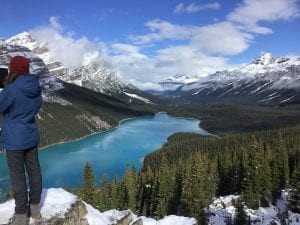
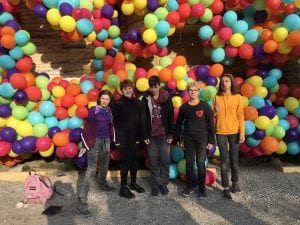
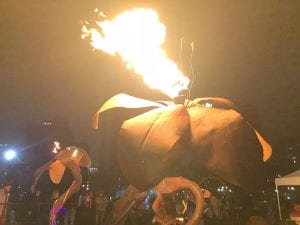
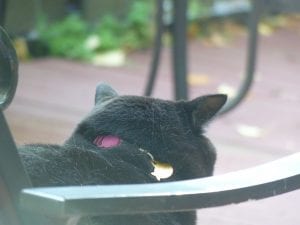
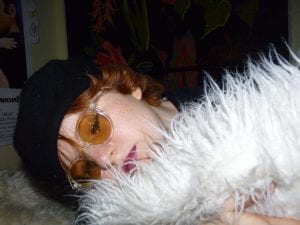
October 11, 2018 at 4:17 pm
I like the comparison between your first thoughts/your final answer.
But I think that the photos could be a bit more organized in your post and not just kinda put in at the end.
Overall, really good post